 [Photographer, educator, and social activist Jo Spence (1934-1992) and I never met. I’ve only rarely had the opportunity to visit the U.K. — she lived and worked in London — and I don’t think she ever made it stateside. We had a brief exchange of letters shortly before she died of leukemia in 1992. But I knew of and respected her work well before that.
[Photographer, educator, and social activist Jo Spence (1934-1992) and I never met. I’ve only rarely had the opportunity to visit the U.K. — she lived and worked in London — and I don’t think she ever made it stateside. We had a brief exchange of letters shortly before she died of leukemia in 1992. But I knew of and respected her work well before that.
And apparently she knew of mine. Recently I came across this statement from her lifelong collaborator Terry Dennett:
“We were also very influenced by the concept of ‘outsider art,’ by which I mean an art and culture that thrives and exists in the cracks in the social fabric and works from that position against the status quo. Early on, the critic A. D. Coleman had given a lecture in Amsterdam titled ‘Awaiting the Millennium.’ From his text, Jo extracted a page where he gave advice to artists about living and surviving in the cracks. Jo was so impressed that she gave copies to students for many years.”
You’ll find the quote contextualized in Tina Takemoto’s article “Remembering Jo Spence: a conversation with Terry Dennett,” Afterimage, March 2009. Click on the link above for an online version.
Reading it sent me to my database, where I found that, while I’d given that lecture in Amsterdam at an August 1989 symposium hosted by the Gerrit Rietveld Academie, I’d drawn the section that Spence thought so useful from an even earlier lecture, and had also published it as an autonomous essay under the title “Items for an Agenda” in my column for the September 1986 issue of Lens’ On Campus (a precursor of PDNedu, distributed for free in bulk to high-school and college photo programs).
So far as I know, Lens’ On Campus didn’t circulate outside of North America, but someone could have sent Spence a copy. The full text of the Amsterdam talk appears here for the first time. The Rietveld Academie distributed photocopies to the participants in and attendees at “The Other Side of Photography: Profiles in Education,” the conference at which I presented it, and also published it later that year in a volume of proceedings under the same title. So one of those could have found its way to Spence, though by then she was ailing.
In any case, I feel honored that she considered it important enough to pass along to students. Below and in my next post you’ll find the complete lecture; the section that Spence admired begins toward the end of part 2. (You’ll find it also at the conclusion of my 1998 collection of essays, Depth of Field. Click here for a PDF file of it.)
Inevitably, after almost 27 years (part of it actually comes from a talk given eleven years earlier), parts of this lecture have become outdated. But much of it still strikes me as relevant to our current situation, and some of it anticipated what has come to pass. I offer it here to any graduating class that wants it, free of charge, as a commencement address from an uninvited guest speaker. Click here for part 2, and click here for part 3. — A. D. C.]
•
Awaiting the Millennium:
Photography Education Towards the Year 2000
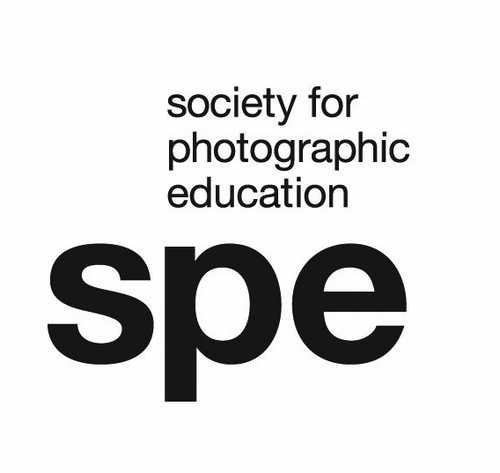 When Viktor Levie of this Academie invited me to give this lecture, he provided me with a list of questions to ponder and, if possible, to address in my talk. Reading and re-reading them made me think of a speech I gave just over a decade ago — the keynote address to the March 1978 National Conference of the Society for Photographic Education. Quoting from the Sex Pistols, I titled that address “No Future For You?” It was subtitled “Speculations on the Next Decade in Photography Education.” (Click here for PDF version.)
When Viktor Levie of this Academie invited me to give this lecture, he provided me with a list of questions to ponder and, if possible, to address in my talk. Reading and re-reading them made me think of a speech I gave just over a decade ago — the keynote address to the March 1978 National Conference of the Society for Photographic Education. Quoting from the Sex Pistols, I titled that address “No Future For You?” It was subtitled “Speculations on the Next Decade in Photography Education.” (Click here for PDF version.)
Reviewing that talk and the eleven years since it was delivered, I concluded that some of what I had to say about the state of affairs across the Atlantic back then might be relevant to your situation in Europe today. So I thought I’d begin my presentation with a synopsis of some of that talk. Then I’ll add some comments on our present situation and open the floor to your questions. I hope you’ll understand that while my interests and outlook are international, my experience and reference points are North American. Please forgive my parochialism.
•
At present we are witnessing a unique confluence of events in the evolution of photography. The medium has won a number of its battles along various fronts simultaneously. It has pervaded the field of visual communication so thoroughly that its elimination is unthinkable. It has proven itself, on a virtually global level, to be the most democratically accessible tool for personal expression of all the visual media. And, in less than a century and a half, it has effectively achieved the status of a “high” art while forcing all the other visual arts to redefine themselves radically. Indeed, it is even engendering a fundamental re-examination of the prevalent aesthetic hierarchy itself.
These are not overnight developments; they are the cumulative result of the medium’s maturing and the consequent manifestation of its inherent nature. What is significantly new is not the existence of these phenomena per se, but the comparatively sudden, concurrent, and widespread recognition of them. (This year’s international celebration of the 150th anniversary of the medium’s introduction into western culture is certainly evidence of this.)
To a considerable extent, that recognition can be traced to the efforts of those who teach photography. Certainly we have done much to develop public awareness of the medium’s history and its influence on our culture. Photography teachers everywhere have also successfully established and elevated those standards of craft which are the gauges for all who work in the medium. Nor have those been our only accomplishments. We have entrenched ourselves firmly — perhaps irrevocably — in the groves of academe. And we have, in record time, glutted the market for art photographs, for career art photographers, and for teachers of art photography.
This suggests, to me at least, that we have been a mixed blessing in relation to our medium and our culture. Is this the true flowering of photography education? Is this where all our efforts were leading? To the establishment of photography as yet another academic discipline? To the self-perpetuation of art photography? To the creation of a caste of visual idiot-savants monitored by a professional elite tightly controlling the outlets and the sinecures? To ever more massive annual rendezvous at some posh hotel or chic spa?*
Is this where we were heading all along? If so, why? And if not, what are we doing here?
•
Let us consider the next decade through a series of speculations. These projections are based on actual events and current data, not on extrasensory perception.
The medium of photography is in the midst of a technological upheaval unmatched since the fruits of World War II military research were declassified and made available to the post-war public.
We are witnessing the rapid disappearance of silver as the primary vehicle for photographic imagery. The current generation of students is probably the last which will take the availability of silver-based materials for granted. Since much of the tradition of photography — in educational, historical, and critical terms — is based upon the silver negative and the silver print, extensive revision of our premises in these regards will be necessary, as will the development of comparable understandings of such likely replacements as magnetic and/or electronic media.
We are also on the verge of major breakthroughs in three-dimensional imagery, with holography by far the most likely candidate for the dominant process in that area. The introduction of holographic equipment and materials which are economically and technically accessible to the popular market may well take place during this coming decade. I see no reason not to believe that such a process will replace two-dimensional imagery as the primary vernacular photographic medium as surely as color replaced black and white in that same field.
This will have the inevitable result of rapidly rendering two-dimensional imagery — especially in black and white, and most particularly in silver — obsolescent and archaic. In the minds of many, that will automatically make such imagery more “artistic” by rendering it non-functional in the everyday traffic of visual communication. It will certainly create a schism among photography students in their attempts to determine which of these major branchings merits their personal and/or professional commitment. It will probably create a similar schism among photography educators, and even those who manage to develop an educational methodology encompassing both forms had best be prepared for the divisiveness this evolution will generate.
There is another aspect of this technological upheaval which merits our serious attention. As l have noted previously, we have already entered an era in which the forgery of photographically credible imagery is eminently feasible. I am speaking of recent developments in the technology of image generation.
It is now possible, by a computerized process developed for police use, to reconstruct from even the blurriest film or still photograph a sharper, more focused image of anything depicted therein. This is achieved by the application of statistical probability factors to the various possible resolutions of such out-of-focus images. It is also possible, by another computerized technique, to take a still image of anything — including such an artificially resolved photograph as described above — and from it generate still or kinetic video images in which the subject of the original image can be made to perform any desired action realistically in convincingly dimensional space. What this means is that our visual communications hardware has reached the point where photographically credible imagery, both still and motion, can be manufactured with little or no recourse to actual photographs.
The existence of such technology within a culture which has been convinced for almost one hundred and fifty years of the scientific accuracy and evidentiary unimpeachability of photographs as documents should be cause for alarm. The visual technology for population surveillance and for the manipulation of news, fact, and history which buttresses the totalitarian futures projected in Aldous Huxley’s Brave New World, Ray Bradbury’s Fahrenheit 451, and George Orwell’s 1984 is all in existence at this moment. Certainly as photography educators we must begin to work towards increasing the sophistication of the citizenry at large in the interpretation of photographic imagery and its manipulative potential; we must also work towards the establishment of professional codes of ethics, effective detection methods and legislative controls to counteract that potential.
[* Note: On April 11, 2016 — almost exactly 38 years after I challenged the unlimited-growth model of national conference that SPE had already opted to pursue — the organization published a second challenge to that model, this one from SPE National Board Treasurer Bill Gaskins: “This Is Not The Future.” Premature anti-whatever has always proved my undoing. — A. D. C.]
•
 Special offer: If you want me to either continue pursuing a particular subject or give you a break and (for one post) write on a topic — my choice — other than the current main story, make a donation of $50 via the PayPal widget below, indicating your preference in a note accompanying your donation. I’ll credit you as that new post’s sponsor, and link to a website of your choosing. Include a note with your snail-mail address (or email it to me separately) for a free signed copy of my 1995 book Critical Focus!
Special offer: If you want me to either continue pursuing a particular subject or give you a break and (for one post) write on a topic — my choice — other than the current main story, make a donation of $50 via the PayPal widget below, indicating your preference in a note accompanying your donation. I’ll credit you as that new post’s sponsor, and link to a website of your choosing. Include a note with your snail-mail address (or email it to me separately) for a free signed copy of my 1995 book Critical Focus!


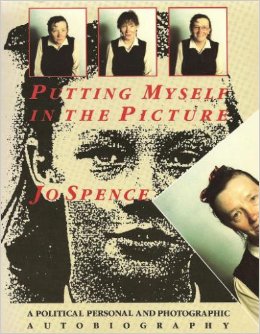
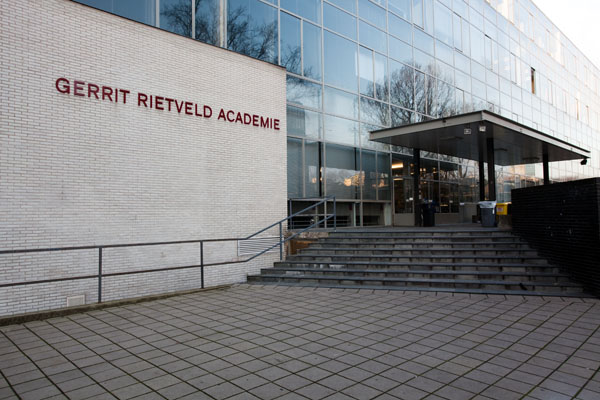
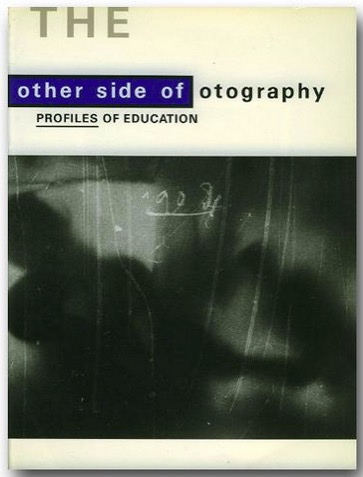
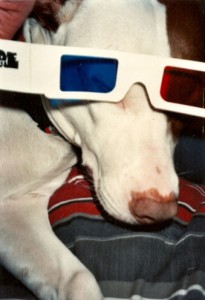
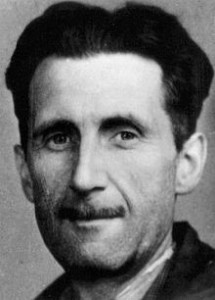




Leave a Comment